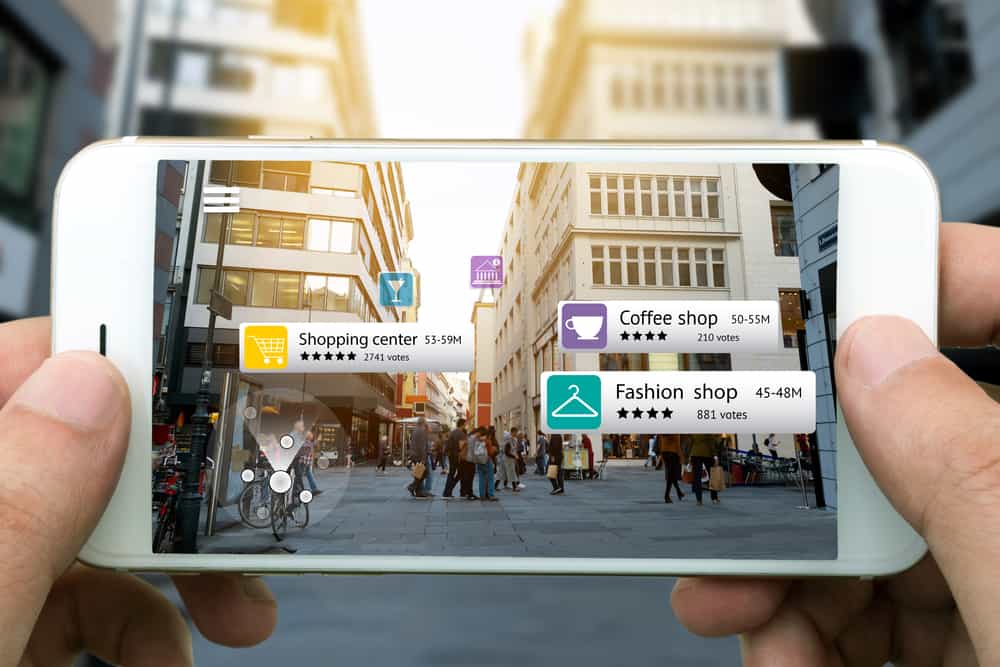The Boston Consulting Group estimates that more than 80 million people in the US engage with AR on a monthly basis. Facebook is expecting this number to grow to more than 120 million by 2021. With the rise of mobile shopping, the platform is looking to grow social commerce through new technologies in the hope of attracting more brands and marketers.
How it works
AR integrates a computer-generated image into photos and video to create an augmented view. Facebook’s augmented reality ads will allow users to ‘try on’ products virtually with the Camera Effects Platform.
Users can click the adverts ‘tap it to try it’ button, so they won’t need to leave the house to try before they buy. They can then share a photo of the moment with friends directly on to their Facebook stories, which will include a sticker advertising the produce and link to a product page.
Fashion brand Michael Kors is the first brand to test AR adverts in the Facebook News Feed, allowing consumers to try on a pair of sunglasses before making a decision to purchase based on their experience and how the items could look while wearing them. Some of the brands that will start trialling this in summer include Bobbi Brown, Wayfair and Sephora.
Seamless experience
“By incorporating calls-to-action within the camera experience, people can seamlessly go from engaging with your product,” said Facebook in its announcement. AR allows marketers and brands to connect with consumers in new and exciting ways through immersive formats.
An important factor will be looking at the consumer journey of path to purchase in the hope of making the experience as seamless as possible. After all, better shopping leads to growth of a business.
The growth of AR should enhance user experience and it will be empowered by backend systems running complex machine learning algorithms. These will increase ad effectiveness and consumer engagement through personalisation, capturing the attention of users on mobile devices.
Although some advertisers may be hesitant to allocate some of their budget to AR ads due to price and short record of positive results, these obstacles are set to lessen as the AR market becomes more extensive.
